
Login or register for press

AlwaysOn Press registration
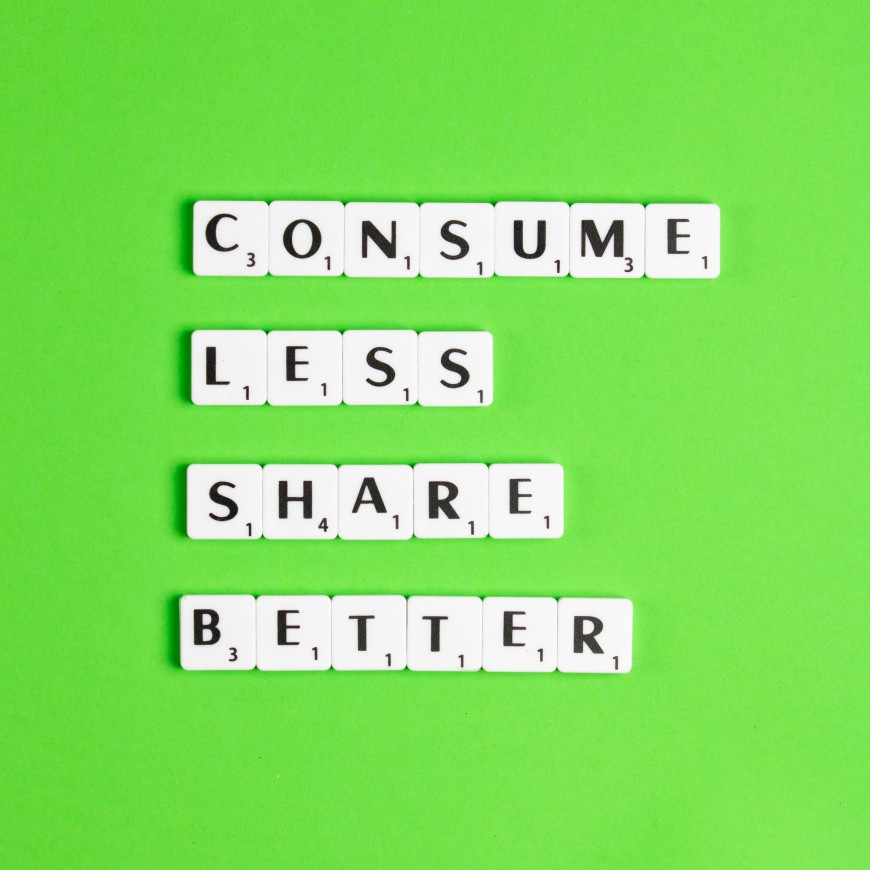
The term Slow Fashion was coined in 2007 by Kate Fletcher. It refers to systems and practices of fashion design, production and consumption that are opposed to the dominant production solutions and logics, therefore it presents as an alternative to fast fashion.

The Covid-19 pandemic has contributed to accelerate consumer’s demand for more sustainable products and practices. Moreover, the new mindset has embraced the “less is more” philosophy.
During the pandemic, we have witnessed a sharp decline in demand, a negative impact on travel retail and a shift in purchasing processes towards digital. At the same time, these trends were accompanied by an increasing demand towards higher quality standards and a renewed interest in the values and ethics of brands. In particular, the pandemic has led fashion professionals to question stocks and inventories. Many retailers have been left on their knees due to the lockdowns and have begun to rethink the entire system. They reflected on new sustainable practices to reduce collections and slow down seasonal calendars and even to concentrate on a better analysis of demand.
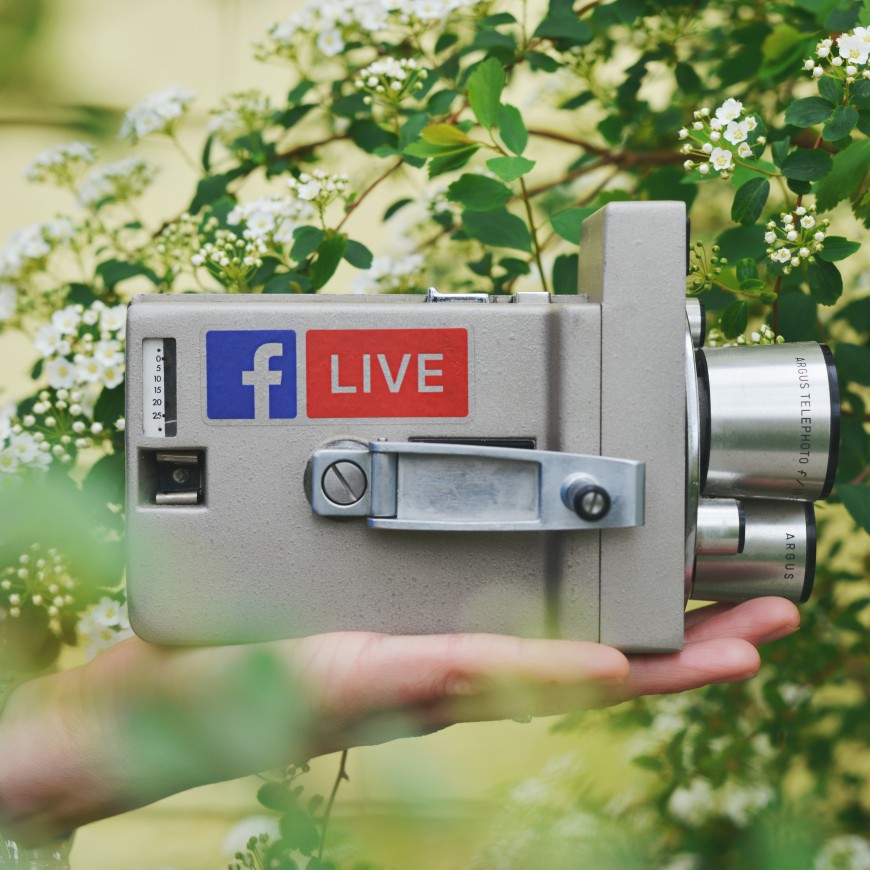
During the pandemic the phenomenon of live shopping has registered a strong growth and more and more people all around the world, especially from USA and Asia, are demanding these new online shopping experiences.
Facebook is leveraging this new trend and every Friday it will propose “Live Shopping Fridays” in order to engage both brands and customers with this new innovative purchasing experience.

What will be the “new normal” of post-pandemic fashion?
What values will consumers seek from the fashion industry?
The students of SDA Bocconi's Master in Fashion, Experience & Design Management together with Salesforce created a questionnaire to understand consumer behavior across Europe and interviewed about fifteen managers to investigate their post-pandemic strategies.
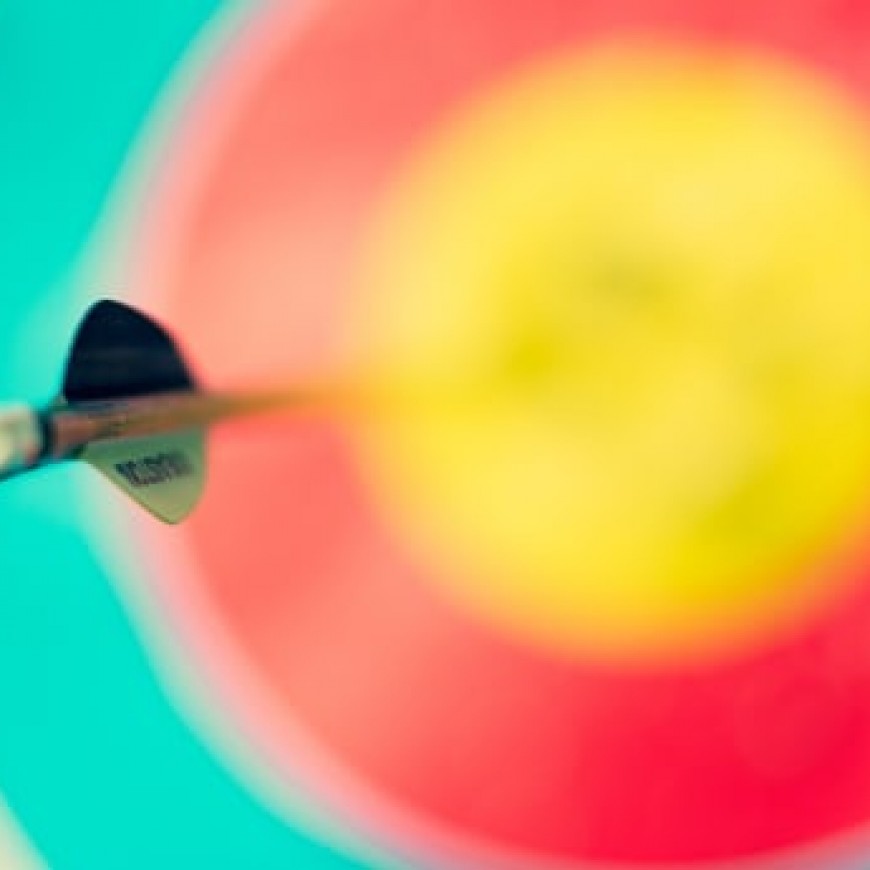
In the fashion media landscape small brands encounter difficulties to get media attention and to find a spot on a magazine cover.
The same situation occurs in a digital media landscape.

Due to the pandemic, consumer shopping behavior has faced unprecedented disruptions and has radically shifted to digital. One of the major changes we have assisted to is the combination of digital and physical shopping experiences. In order to navigate through this new scenario Google has created an insightful guide for brands and retailers.
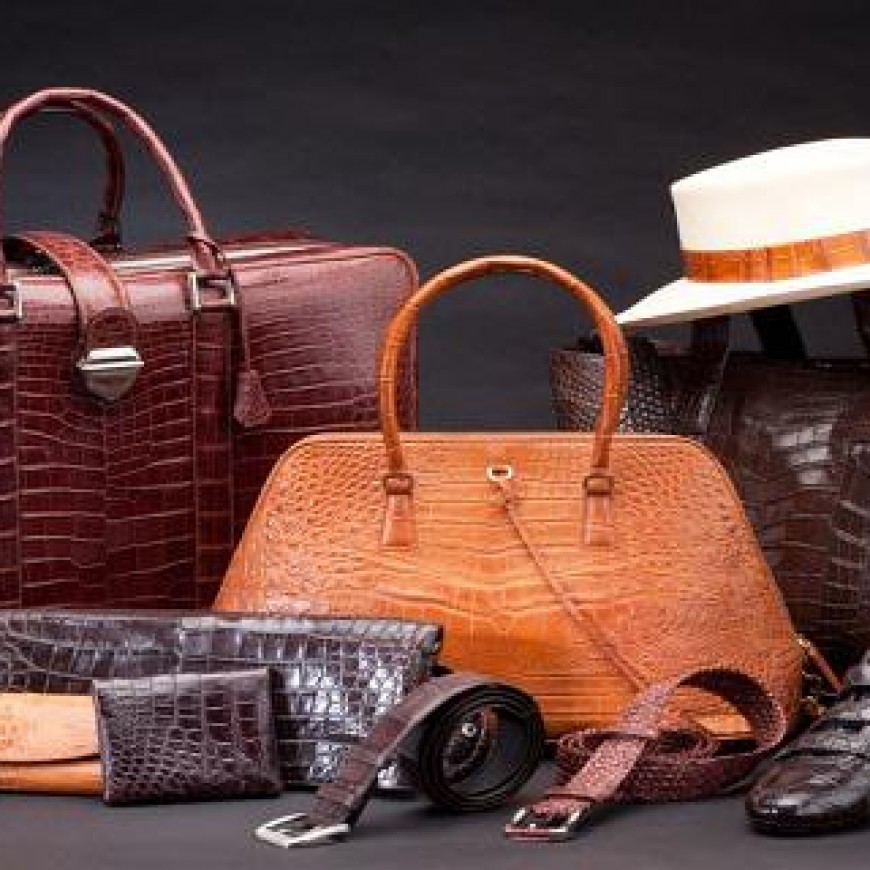
After the sales contraction due to these uncertain and unprecedented events, luxury sales may return to 2019 levels. The market is expected to reach €250-295 billion. While perspectives for this year still remain uncertain, a surprisingly vigorous recovery was registered in the first quarter. China keeps driving this recovery while the USA rebounded.
Which are the key findings?

Due to the pandemic we have assisted major disruptions leading to fast and responsive strategies and accelerated courses of action in order to meet customers’ demands. These changes have become intrinsic parts of our everyday life and, in fact, many organizations had to accelerate their digital transformation trajectories in order to survive. One of the most impactful disruptions we have experienced is represented by the fusion of digital and physical experiences leading to a hybrid model: a seamless and personalized shopping experience, possible thanks to the use of data analytics technology and embedded machine learning.
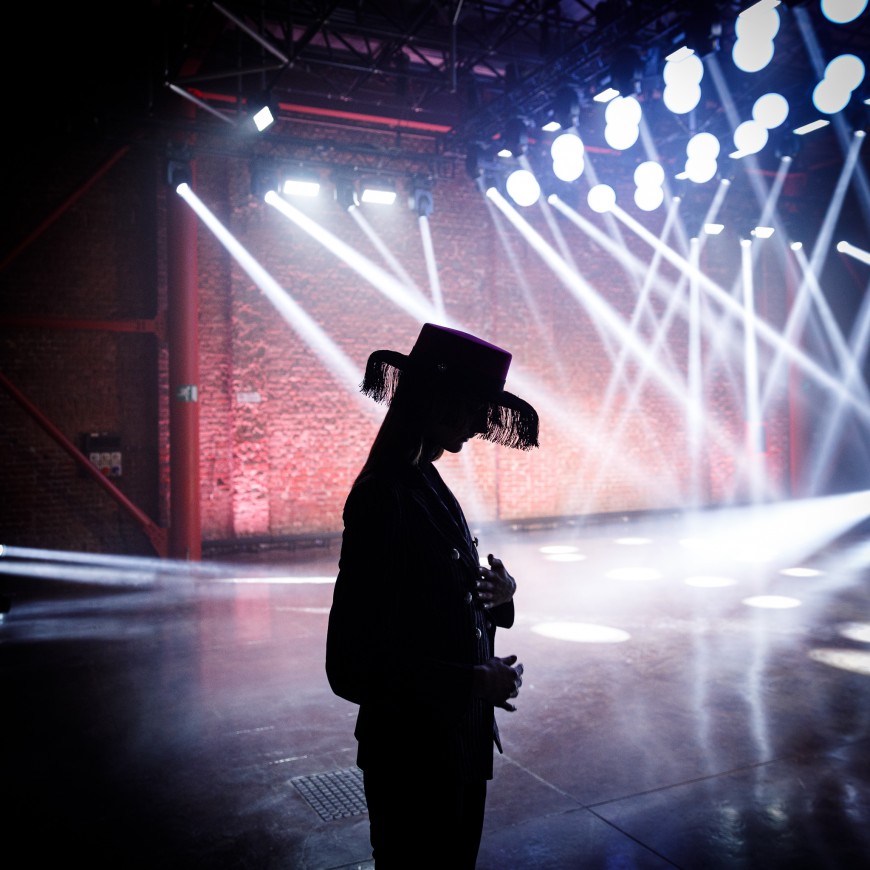
According to a research presented by Kantar and Google regarding the new main trends in the luxury market- in the product categories watches, jewelry, bags, clothes and accessories- consumers are increasingly connected.

The International Fur Federation (IFF) was established in 1949 and is the only organisation to represent the international fur industry and regulate its practices and trade.
The international Fur Federation represents 56 members associations in over 40 countries around the world.
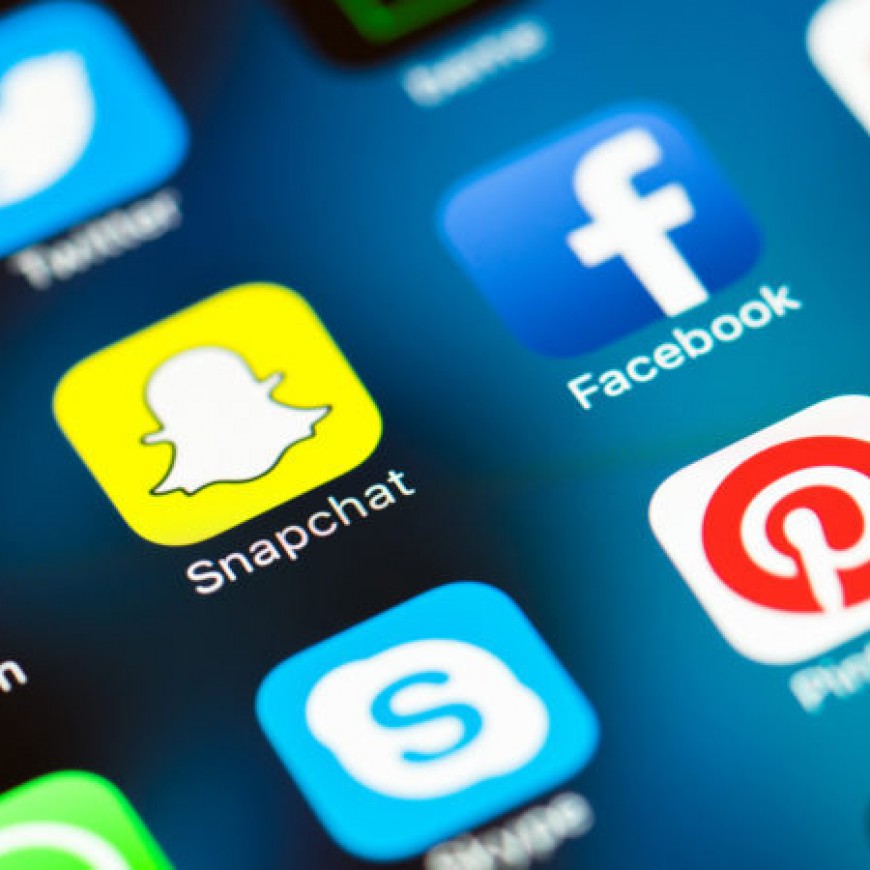
The impact of digitization has generated growing complexities, and in the B2B sector it requires a greater effort, due to the intricate ecosystem of relations among different business stakeholders. This new scenario calls for fresh reflections on critical marketing and communication skills, especially on social media.

According to Deloitte's 2020 Global Marketing Trends, customer engagement is growing, also thanks to the advent of new digital technologies.
As a result, companies are moving from an approach based on customer insights — a passive strategy that studies the audience — to a customer-as-a-brand tactic, which focuses on co-creation and aims at bringing customers closer to the very heart of the brand.
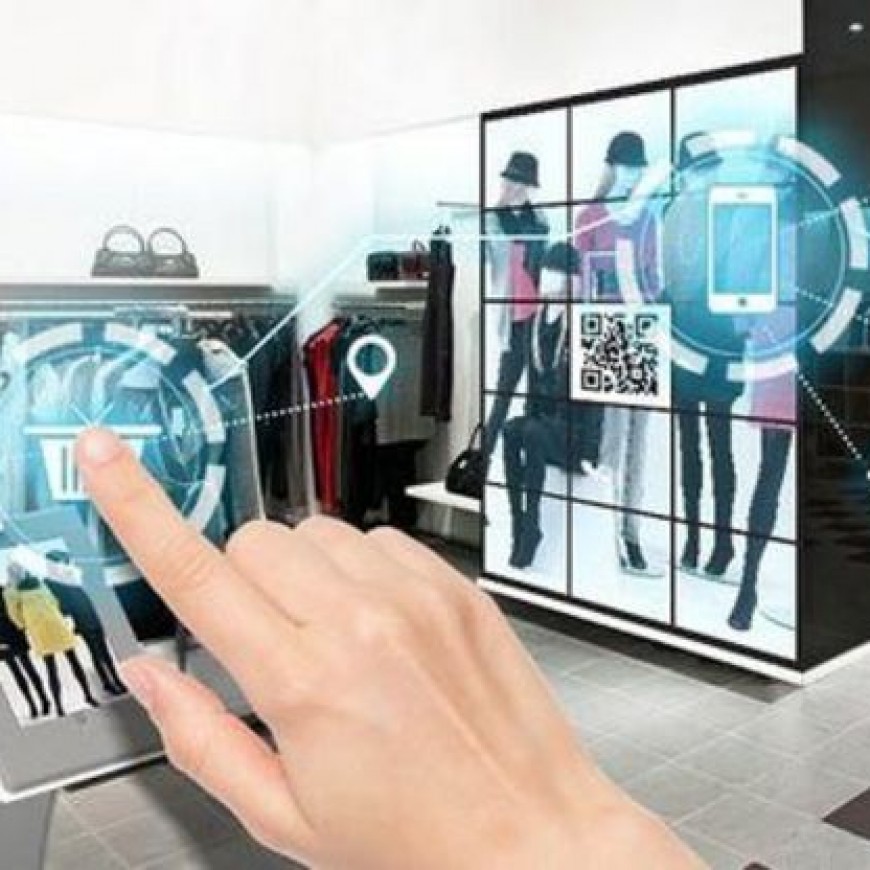
The health emergency caused by the Covid-19 pandemic made us more aware of the importance of the digital world. It was precisely digital tools that allowed us to stay in touch despite the quarantine, in our private and business lives.
At the same time, the enforced isolation has shown us that humans are social creatures needing a constant physical contact with both their peers and their environment.
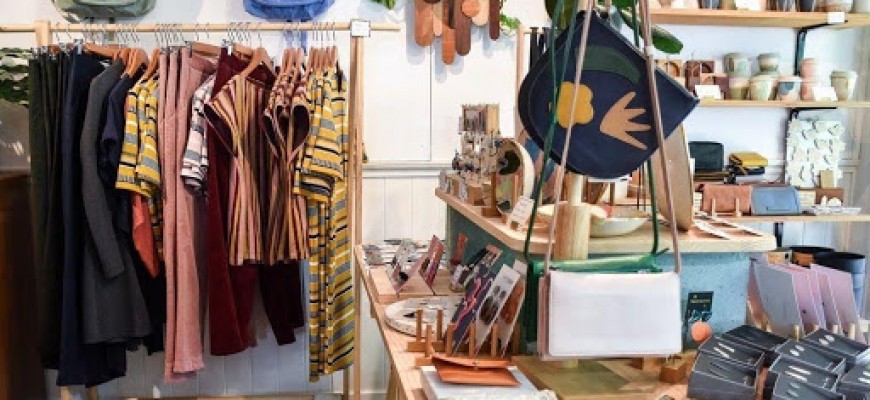
Is there a way to counter the frantic rush to disposable consumption? Is there a production and consumption strategy that can combine ethical behaviour with the creation of a quality product?
The Slow Fashion movement wants to give an answer to this question. In its manifesto, the movement is presented as the panacea for the problem of fast, "disposable" fashion, defined by an unceasing turnover of goods that are increasingly cheap and intended not to last.
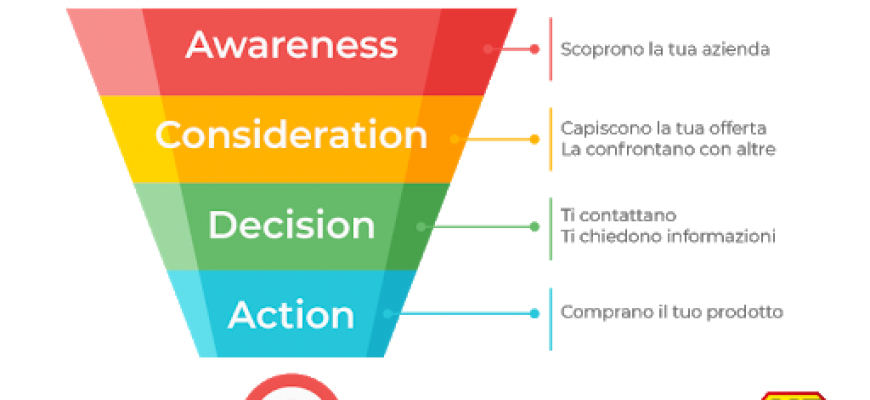
Today, we will see how to build a funnel with four stages, corresponding to the steps made by the consumer walking through the funnel. These four stages will serve as a simplified scheme and guide to build our funnel.

In the current communication scenario where any end user can be reached by an infinite amount of information and advertising, an effective and accurate communication is paramount. In this view, designing an effective Marketing Funnel can prove extremely useful. If leveraged correctly, this tool allows us to reach only the users who are truly interested in our product.

TikTok is the favourite social network among young people, but not only. With a potential to disrupt the digital and social media world, this application that combines two linchpins of the digital environment - music and social media - is having a sweeping success.
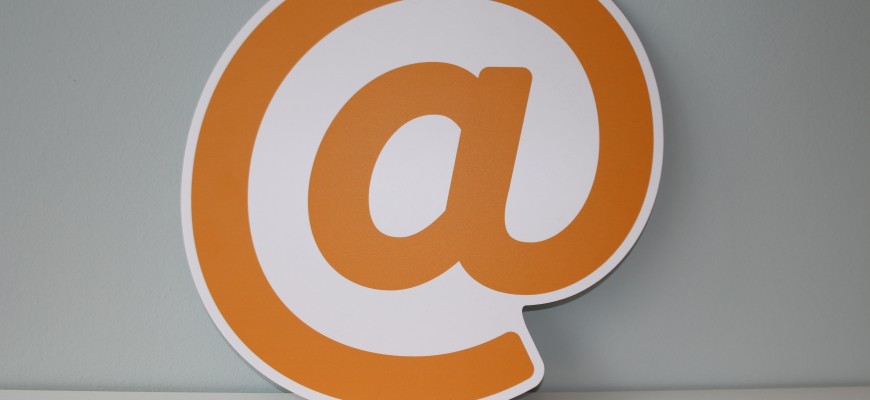
In the last weeks, social distancing and lockdown measures have further stressed the importance of digital platforms both for individual users and for companies. Among all social networks, Mark Zuckerberg's platform has showed once again he is able to anticipate the needs of its users.
So much so that Facebook has introduced a new e-mail marketing feature in the already tried-and-tested Facebook Pages app. With its new tool, Facebook wants to support companies that are trying to give new boost to their activities after a standstill.

Lockdown measures imposed during the Covid-19 pandemic are having an enormous impact on the global economy. However, the one big difference from the great pandemics of the past is that we have an additional weapon this time: the internet.
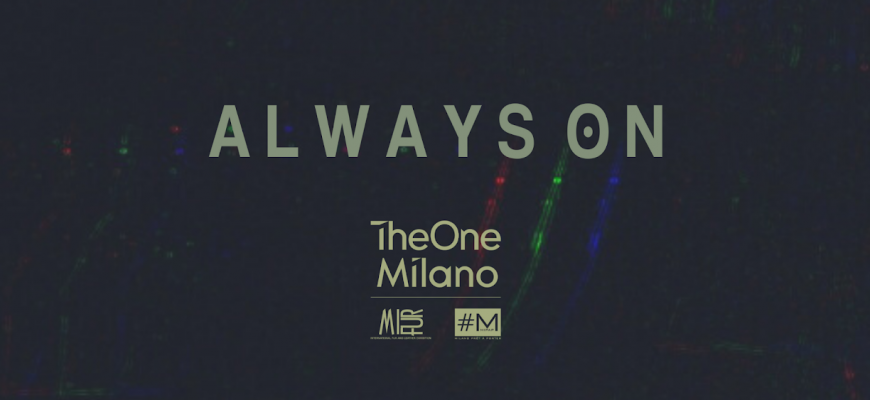
Bernbach, one of the greatest communicators of the 19th century, used to say: «Advertising is not a science, it’s persuasion. And persuasion is art.» If an advertising genius of his calibre said this, we can surely trust him.
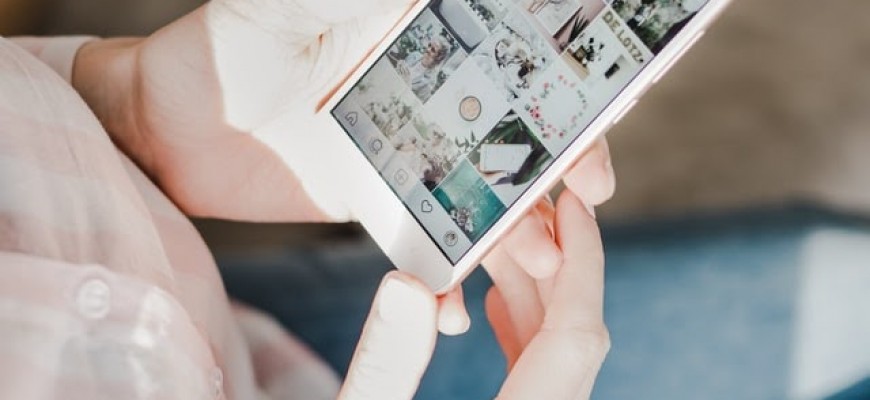
In the last days Instagram has started testing some new online shopping features for its platform, including the expansion of Shopping Tags within the captions.

The health emergency originated in Wuhan has spread throughout the world in just a few months, and is now quickly turning into an economic crisis. No sector is spared by the blows delivered by Covid-19.
The fashion world was one of the first industries to realize the gravity of the situation, which has impacted it directly. The outbreak in Italy started during the fashion weeks in Milan and Paris, one of the hottest periods for this sector.
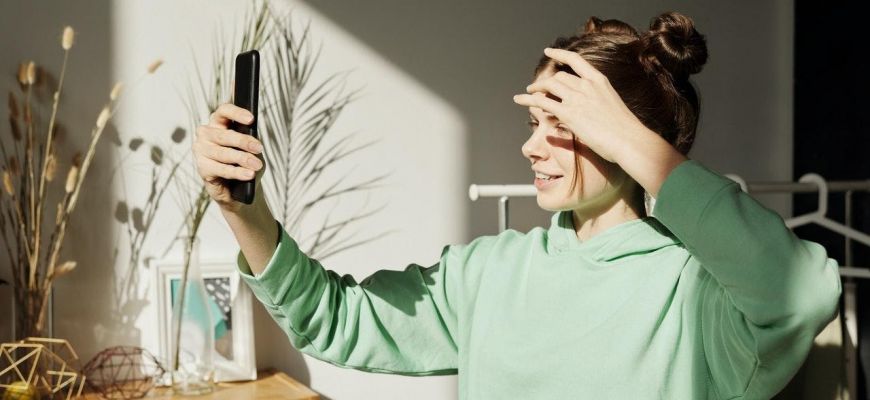
TikTok has launched a new entertainment and information initiative, #HappyAtHome, to help lighten the mood during the quarantine imposed by the spread of Covid-19.

Exciting news from the digital world: Pinterest, the social network of images, has decided to develop a special shopping section for its platform. The social network wants to become one of the major players in the digital retail universe.
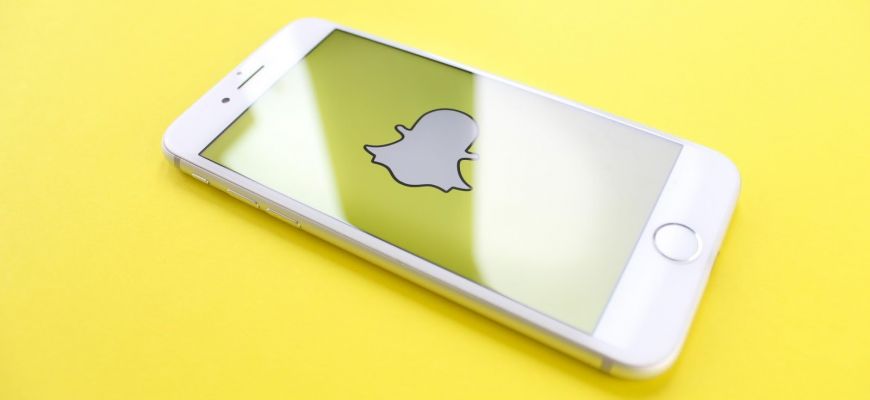
Many new features were introduced by digital platforms in the last weeks. Social media are trying to give an effective answer to extraordinary requests from users living in these exceptional times.
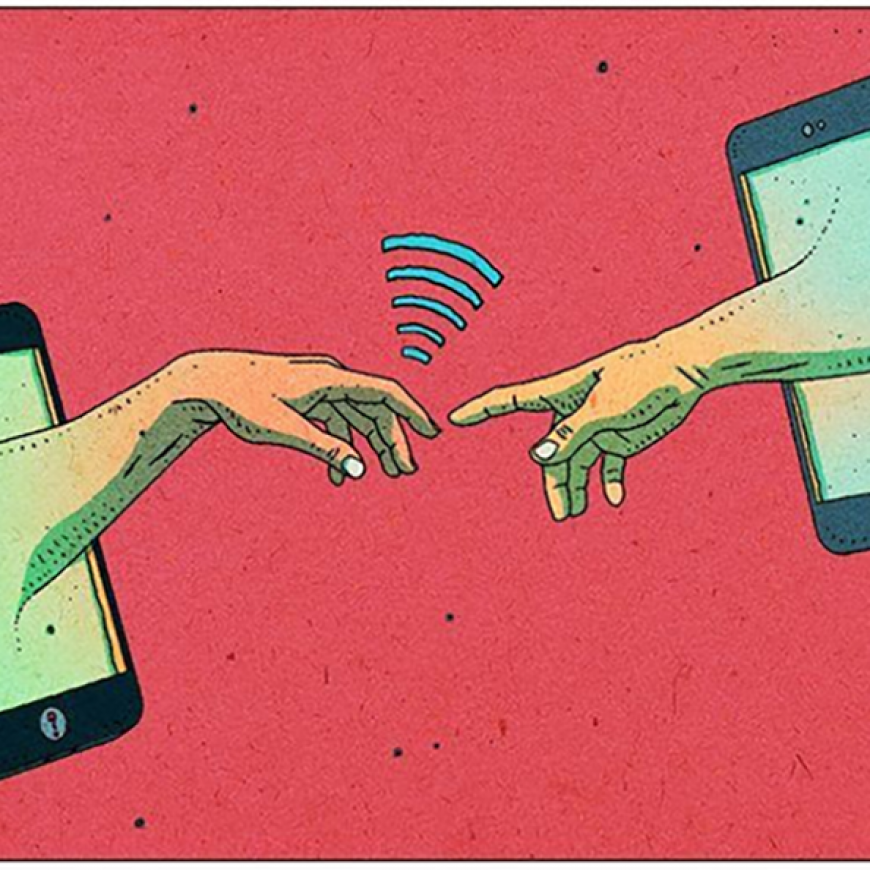
In last weeks we tried to pinpoint and describe the four main pillars of digital communication, four starting points to lead us to an effective brand communication.
One of the principles we mentioned is the need to be constantly connected, especially on social media.

With a 5.7 billion euro investment, Facebook became the largest minority shareholder (9.99%) of Jio Platforms, a telecommunications company of the Reliance Industries group, owned by Mukesh Ambani and India's largest private company.